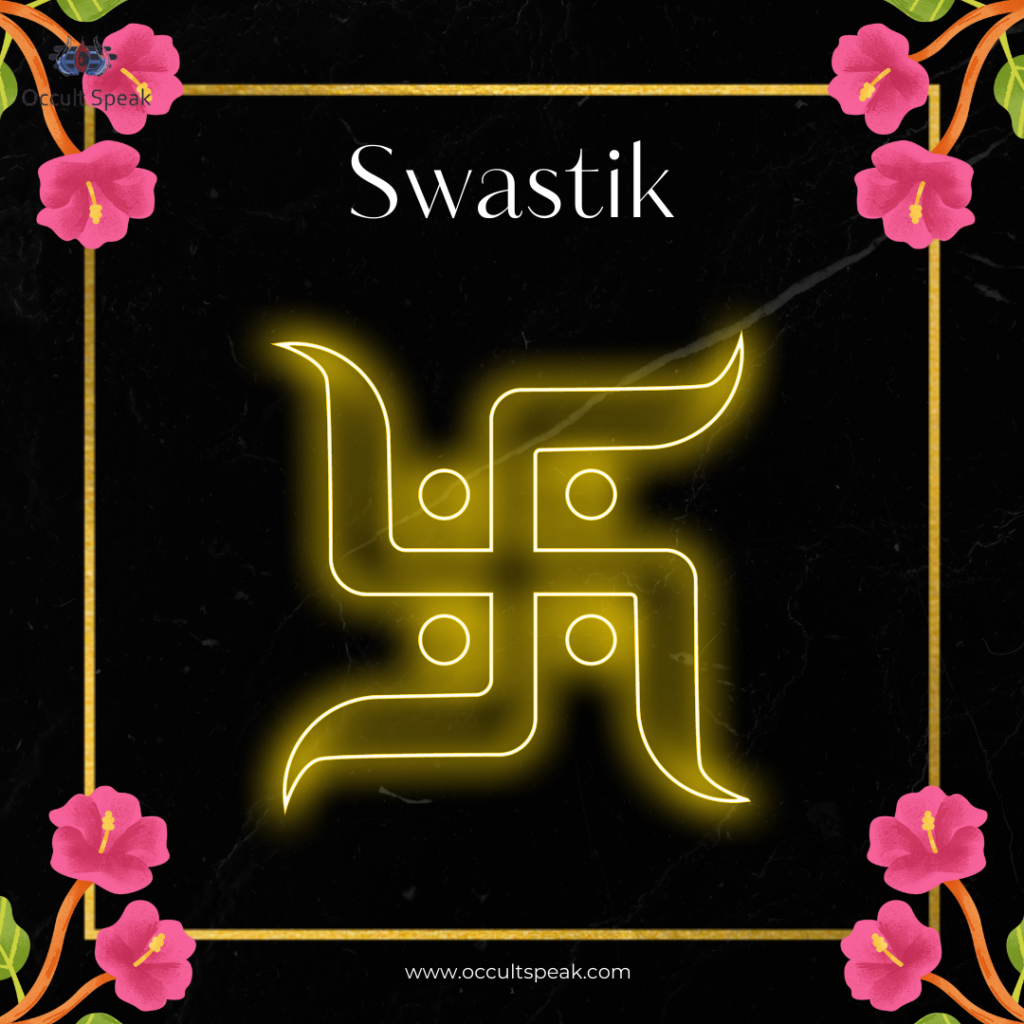Introduction to Indian Symbols in Vastu
Vastu Shastra and Indian Symbols : Vastu is an ancient Indian architectural and design philosophy, is rooted in the belief that the layout and placement of structures can significantly influence the energy flow within a space, impacting the well-being and prosperity of its inhabitants.
Central to Vastu Shastra are various indian symbols, each carrying deep meaning and purpose, aimed at enhancing positive vibrations and promoting harmony.
In this article, we delve into the essence of Vastu Indian symbols, exploring their definitions, benefits, and practical applications in modern living.

Definition of Vastu Shastra and Indian Symbols
Vastu Shastra, often referred to as the science of architecture, is a traditional Indian system of design principles. It encompasses guidelines for layout, measurements, spatial geometry, and the arrangement of objects within a structure.
The fundamental premise of Vastu Shastra is to align living spaces with the forces of nature, harnessing positive energies while mitigating negative influences.
Benefits of Vastu Shastra Indian Symbols
The application of Vastu principles is believed to yield numerous benefits, including:
1. Enhanced well-being: Proper alignment of spaces according to Vastu can foster physical, mental, and emotional well-being, promoting harmony and balance.
2. Prosperity: By optimizing the flow of positive energy, Vastu Shastra is thought to attract abundance and prosperity into one’s life.
3. Improved relationships: Harmonious living environments, as per Vastu guidelines, can strengthen familial bonds and foster better interpersonal relationships.
4. Enhanced productivity: Vastu-compliant workspaces are believed to enhance concentration, creativity, and overall productivity.
5. Spiritual growth: Incorporating Vastu principles in living spaces can facilitate spiritual growth and inner peace, fostering a deeper connection with oneself and the universe.

Usage of Indian Symbols in Vastu
1. Om Symbol: The sacred symbol “Om” represents the essence of the universe and is considered highly auspicious in Vastu Shastra. Placing Om symbols in homes or workplaces is believed to purify the environment and invite positive vibrations. It is often depicted in various forms of artwork, such as paintings or sculptures, to evoke a sense of tranquility and spiritual upliftment.
Direction: Om Symbol can be photo framed and kept anywhere in a house or office, However being the symbol of completeness and spirituality, the ideal area to place Om is in the North East to get more clarity and connect yourself with higher consciousness.
Placing the Om Symbol in the West gets support from Devi Shakti ( angels ) and placement in the North direction gets support from the spiritual world.

2. Ganesha Statue: Lord Ganesha, the remover of obstacles and the harbinger of good fortune holds significant prominence in Vastu Shastra. Placing a Ganesha statue at the entrance of a home or office is believed to ward off negative energies and invite blessings for success and prosperity.
Direction: Ganesha Statues can also be placed in the Northeast to achieve success in business or startup. Ganesh ji will expand your wisdom, you will think BIG in your life and business, but avoid the Ganesha statue in SSW ( South of South West ) direction, else you will find lots of distortion in your family as SSW is a zone of disposal.

3. Swastika Symbol: The Swastika symbol, an ancient Hindu emblem representing auspiciousness and well-being, is commonly used in Vastu to purify and energize living spaces. It is often inscribed or displayed in homes to invoke positive energies and protect against evil forces.
Direction: Swastik can also be placed in any direction, but yes avoid Swastik and Om on the toilet wall or any wall connecting or sharing a wall with the toilet, else such placement will fall into big trouble.
The best placement for a Swastik is in the west direction on a wall above 4 feet from ground level, also make a note that a Swastik can’t be drawn or placed ( in any form – be it sticker, kumkum or rangoli ) on the ground or threshold.

4. Tortoise Symbol: The tortoise, symbolising longevity, stability, and protection, is associated with the Kurma Avatar of Lord Vishnu revered in Vastu Shastra.
Direction: Placing a tortoise figurine or symbol in the North direction of a property is believed to enhance financial stability and promote longevity.

5. Peacock Feather: In Vastu, the peacock feather symbolises beauty, grace, and abundance. Displaying peacock feathers in homes or offices is believed to attract positivity and prosperity while adding aesthetic appeal to the space.
Direction: Placing a peacock feather as an Indian symbol in any direction protects your house/office from negative energies.

6. Lotus Symbol: The lotus flower, revered for its purity and spiritual significance, holds special importance in Vastu Shastra. Depicting lotus motifs or placing lotus flowers in living spaces is believed to increase spiritual growth, purity of thought, and overall well-being.
Direction: Placing a lotus in the West direction gives you lots of Gain – Material and Spiritual Gain. Lotus is said to be the Mahalakshmi seat in the West direction. Varun Devta in Vastu Shastra is said to bring the energy flow of material gain.
Conclusion:
Incorporating Vastu symbols ( Indian symbols ) in living spaces goes beyond mere decoration; it is a deliberate endeavour to align with natural forces and universal energies.
By understanding the meanings and significance of these Indian symbols, individuals can create harmonious environments that promote well-being, prosperity, and spiritual growth.
Whether through paintings, sculptures, or garden ornaments, the use of Vastu Indian symbols serves as a timeless reminder of the interconnectedness between the physical, mental, and spiritual realms, guiding us towards a life of balance and fulfilment.
Love & Light,




Leave a Reply